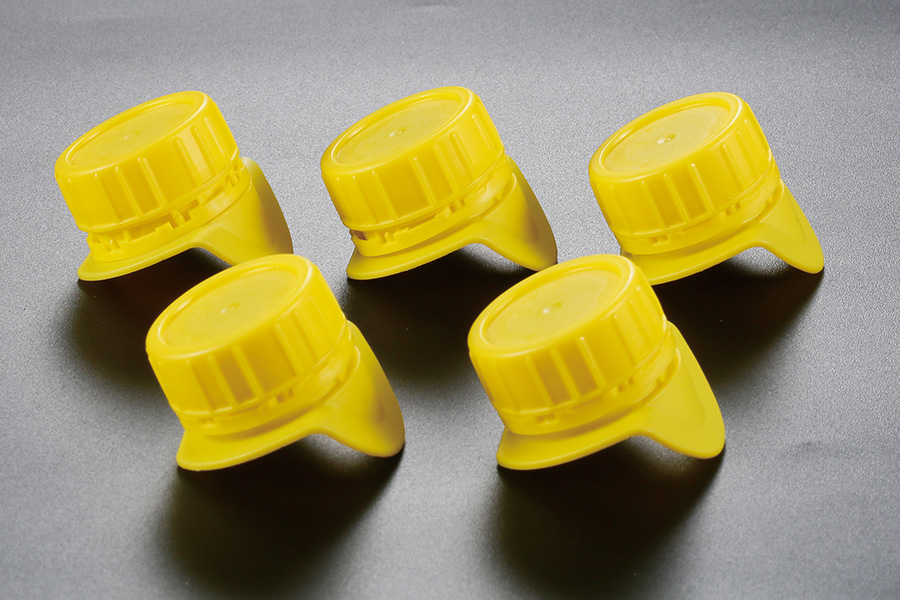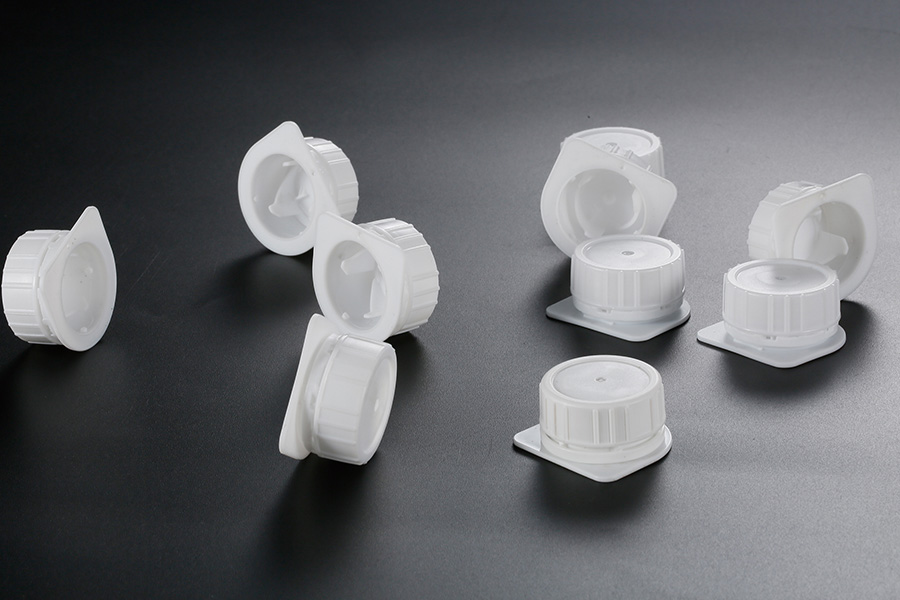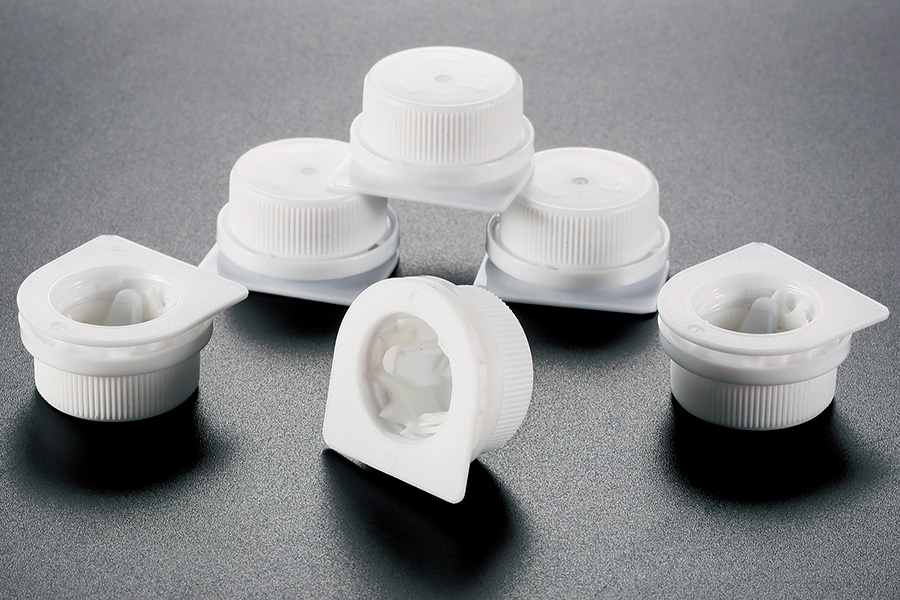In liquid product packaging, ensuring both safety and usability is essential. The combination of a Safety Closure Screw Cap for Liquid Packaging and a Multi-Use Bottle Cap provides a practical solution that balances protection, convenience, and sustainability. These caps are widely used for beverages, household cleaners, cosmetic lotions, and industrial liquids—applications where controlled sealing and repeated opening are equally important. Understanding how they function can help manufacturers and consumers make better packaging choices that improve both product integrity and user experience.

Functional Structure of a Safety Closure Screw Cap
The core function of a safety closure screw cap lies in its ability to prevent accidental opening while maintaining a secure seal. Typically, the cap features a threaded design that matches the bottle neck, allowing it to screw tightly and form an airtight barrier. What distinguishes this design from standard caps is its tamper-evident or child-resistant mechanism. A two-part structure is often used: an outer cap for gripping and rotation, and an inner cap with a locking system. To open it, users must apply simultaneous downward and rotational force, making it more difficult for children to remove while remaining simple for adults.
The inner lining of the screw cap plays a crucial role in maintaining seal integrity. Depending on the type of liquid inside, the lining may be made of polyethylene foam, rubber, or other chemical-resistant materials. This layer prevents leakage and contamination, ensuring that the liquid remains fresh and uncontaminated throughout its shelf life.
Reusability and Practical Applications of Multi-Use Bottle Caps
A Multi-Use Bottle Cap takes the same principle of secure closure and enhances it with convenience for frequent use. These caps are designed to open and reseal multiple times without reducing their effectiveness. They are often used for products that are consumed or used gradually, such as sauces, liquid detergents, and health supplements. The cap’s durability and threading precision ensure that the seal remains tight even after repeated use, which helps prevent spills and evaporation.
For users, this reusability reduces waste and makes everyday use more convenient. Instead of discarding a single-use bottle, consumers can refill and reuse containers equipped with multi-use caps, supporting more sustainable consumption patterns. From a manufacturer’s standpoint, this design also allows for better branding opportunities, since the cap remains in contact with the user for a longer period of time.
Material Considerations and Design Engineering
Both safety closure screw caps and multi-use caps are typically made from high-quality plastics such as polypropylene (PP) or polyethylene (PE). These materials are selected for their balance of flexibility, chemical resistance, and structural strength. In some applications, manufacturers may add specific additives to enhance UV protection or improve recyclability.
The engineering design also focuses on torque control—the amount of twisting force needed to open or close the cap. Proper torque calibration ensures that the cap remains tightly sealed without being overly difficult to open. This factor is especially important for industries where product consistency and safety compliance are critical, such as pharmaceuticals or food packaging.
Safety and Compliance in Packaging Standards
Safety closure screw caps are subject to various international standards that define how resistant they must be to accidental opening. Child-resistant closures, for example, are tested under specific conditions to ensure that they cannot be easily opened by children but remain accessible to adults and elderly users. These designs are not limited to medicines; they are increasingly adopted in household and industrial liquid packaging to prevent accidental ingestion or spills.
Beyond child safety, tamper-evident features also play an important role. A visible ring or breakable seal indicates whether the bottle has been opened before purchase, offering consumers confidence in the product’s integrity. Together, these mechanisms make safety closure screw caps a key component in responsible packaging design.
Sustainability and User-Centered Innovation
As environmental awareness continues to grow, many packaging designers are exploring how to make closure systems both practical and sustainable. The reusability of multi-use bottle caps directly supports waste reduction, allowing containers to stay in circulation longer. Some manufacturers now experiment with recyclable or biodegradable plastics, ensuring that even at the end of their life cycle, these caps contribute less to landfill accumulation.
Moreover, ergonomic considerations—such as grip texture, cap size, and opening resistance—are being refined to improve accessibility. For instance, caps used in personal care or food products may feature ribbed edges for better grip or slightly larger diameters for easier handling. These small adjustments make daily use more comfortable while maintaining essential sealing and safety functions.


 English
English  русский
русский عربى
عربى


